Picture this: you walk through the door after a long day, and there’s your dog with what looks like the biggest grin you’ve ever seen. Their mouth is open, lips pulled back, eyes sparkling with pure joy. Yet your neighbor’s dog, equally loved and happy, never seems to show this expression. What makes some dogs natural “smilers” while others express their happiness in entirely different ways?
This fascinating quirk of canine behavior goes far deeper than simple personality differences. It’s a story written in muscles, molded by thousands of years of evolution, and shaped by the unique bond between humans and dogs. From the ancient genetic code that determines facial structure to the individual experiences that teach each dog how to communicate, the mystery of the canine smile reveals something remarkable about our four-legged friends.
The Science Behind Those Adorable Grins

The story of why dogs smile starts with something surprisingly technical: facial muscle anatomy. When dogs experience positive emotions, specific facial muscles activate to create what we interpret as a smile, involving the levator anguli oculi medialis muscle that’s responsible for raising the inner eyebrow. This muscle activation enlarges the eyes and retracts the mouth muscles to produce a simulated “smile” when oxytocin, dopamine, and serotonin levels increase in response to positive stimuli.
What makes this even more fascinating is that domestication actually transformed dogs’ facial muscle anatomy over approximately 15,000-20,000 years specifically for communication with humans, with the muscle responsible for raising the inner eyebrow being uniformly present in dogs but not in wolves. Dogs produce eyebrow movements significantly more often and with higher intensity than wolves, with the highest-intensity movements produced exclusively by dogs.
Evolution’s Gift to Dog-Human Communication
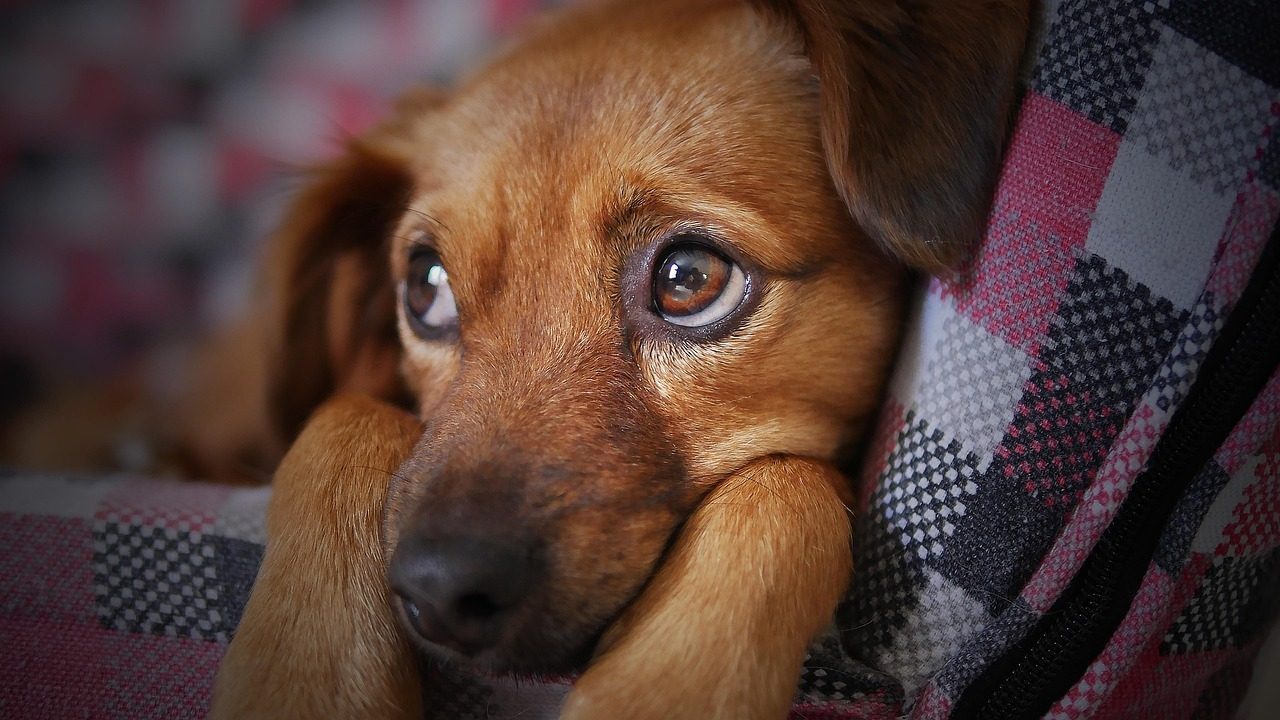
The movement that creates “puppy dog eyes” increases paedomorphism and resembles an expression humans produce when sad, so its production in dogs may trigger a nurturing response in humans. This isn’t just coincidence. Scientists hypothesize that dogs with expressive eyebrows had a selection advantage and that “puppy dog eyes” are the result of selection based on humans’ preferences.
Think about it like this: imagine early humans choosing which wolf-dogs to keep around their fires. The ones with more expressive, human-like faces would naturally appeal more to people, getting better care and more opportunities to reproduce. Researchers believe dogs gradually developed the anatomy underlying this communicative ability in response to human preference across tens of thousands of years.
The Muscle Fiber Mystery
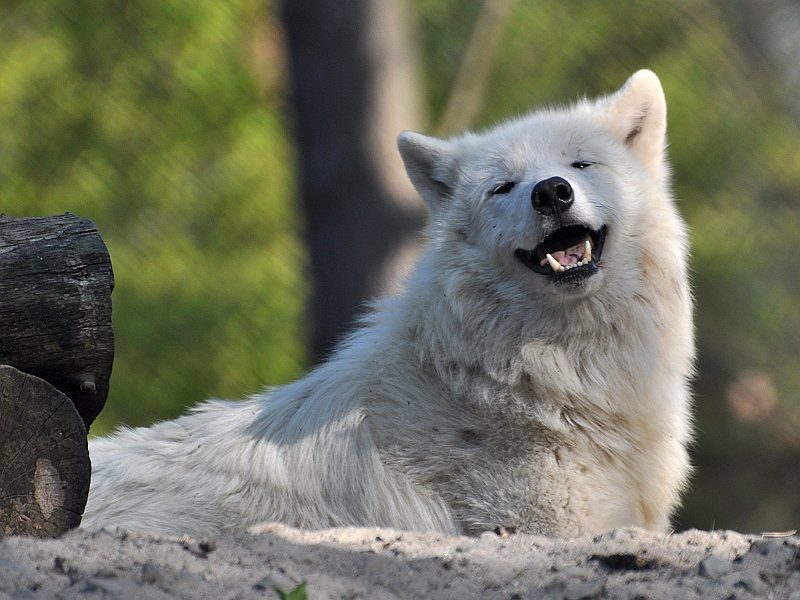
Here’s where things get really interesting. In dogs, anywhere from 66% to 95% of the facial muscle fibers are fast-twitch, while wolves average around only 25%. Fast-twitch fibers can contract quickly but get exhausted sooner, while slow-twitch fibers are the opposite and allow for longer-lasting expressions.
This difference explains why dogs can flash those quick, expressive grins while wolves tend toward longer, sustained expressions like howling. The evolution of these faster facial muscles may have changed not only dogs’ capacity for expression but also how they verbally communicate, as dogs produce short-timed barks more often than the longer-lasting howls preferred by wolves. Your dog’s smile is literally built for speed and human appeal.
Breed Differences That Matter
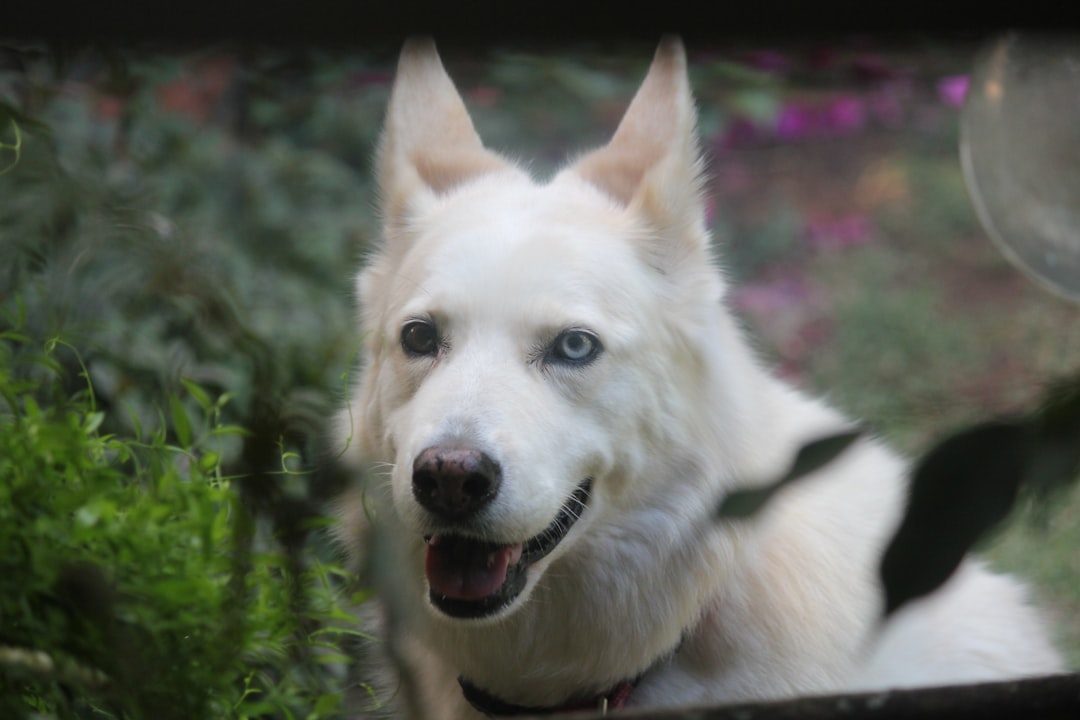
Only one dog breed studied lacked one of the two muscles associated with eyebrow movement behavior: the Siberian husky, which belongs to more ancient breeds and is more closely related to wolves than other dog breeds. Huskies’ myosin distribution profile resembles wolves more closely than other domestic dogs, having very low distribution of fast-twitch fibers, and this may be related to their status as one of the “ancient breeds”.
Some breeds naturally show more teeth even when they are content, such as Malamutes, and understanding these breed-specific traits can help in differentiating between a happy smile and a potentially aggressive display. Research reveals significant inter-breed variability in facial expressions, with some breeds exhibiting strikingly similar recruitment patterns while others display significant differences.
Individual Personality Plays a Huge Role
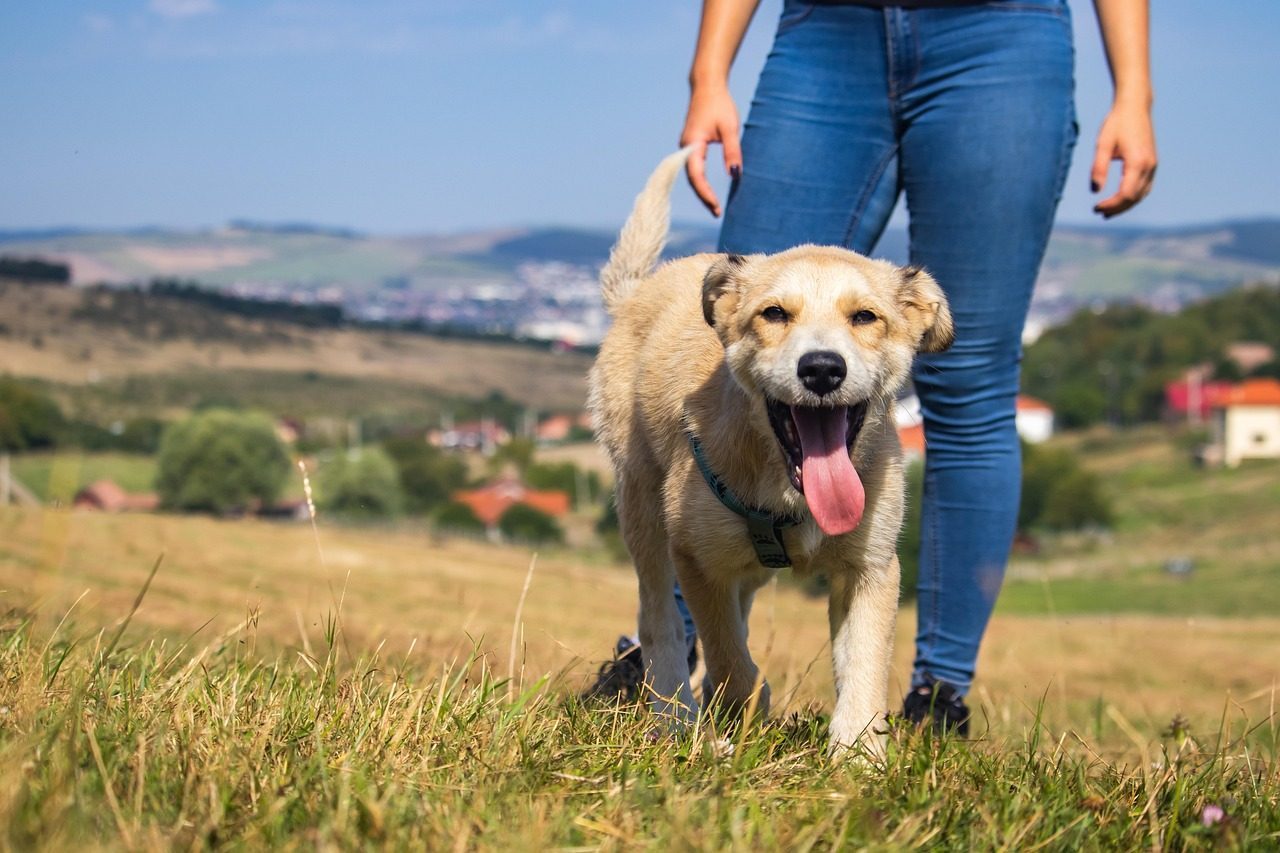
Just like humans, every dog has their own personality and way of expressing emotions, with some dogs being naturally more expressive while others keep their feelings closer to the vest. The way dogs use smiles to communicate can vary based on their personalities and past experiences, and some dogs may have learned to smile from imitating human behaviors.
Every dog is an individual and responds to varying situations differently; what may cause the smile reaction in one animal may not trigger it in another. Some dogs might express happiness through full-body wiggles, others through gentle eye contact, and still others through those unmistakable grins we love so much. There’s no right or wrong way for your dog to show they’re happy.
Training and Social Learning
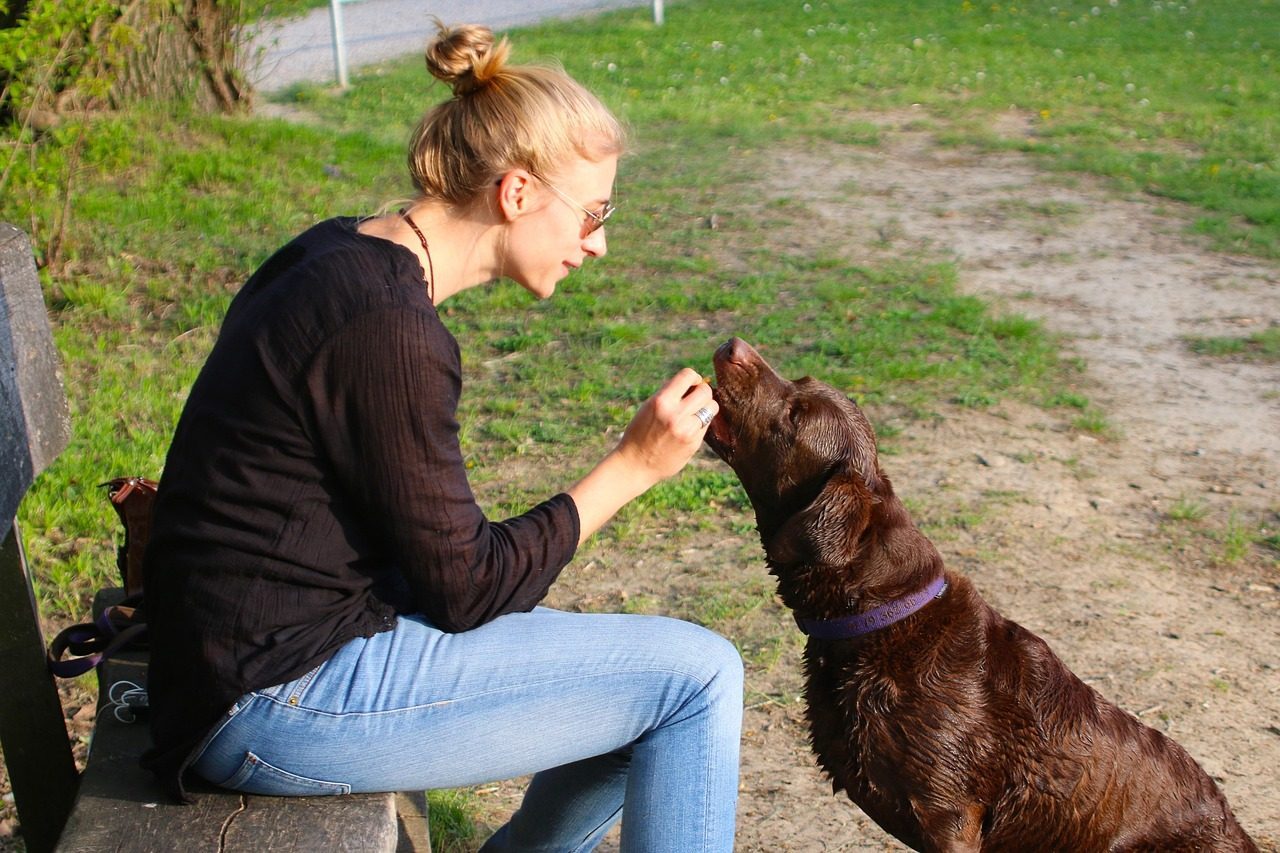
Since most humans react when they see a dog smile – either by smiling back, making approving noises, or providing treats – the dog is rewarded for this behavior and does it more often, as dogs are masters of analyzing human behavior and know exactly how to make us happy. Dogs learn to display smile-like expressions through positive reinforcement when these behaviors receive favorable responses from their humans, demonstrating their social adaptability and desire to communicate effectively with their human family members.
This creates a beautiful feedback loop. When you respond positively to your dog’s smile-like expression, you’re actually encouraging them to use this form of communication more often. The phenomenon is similar to “laughter contagion,” where a happy person smiling can trigger a happy dog to smile back, and vice versa, with a grinning dog triggering an oxytocin release in humans.
Reading the Real Message

Known as a submissive grin, what looks like a smile is usually a sign of happiness or appeasement and is often accompanied by a loose and wiggly posture. However, it’s crucial to understand that not every “smile” means the same thing. Dogs may exhibit smiles in various situations, including stress, fear, or aggression, rather than solely expressing joy, such as during a stressful visit to the veterinarian.
A happy expression typically comes with relaxed body posture, soft eyes, and gentle tail wagging, while submissive grins often appear more tense and may be accompanied by lowered body posture or ears held back. The key is looking at the whole picture, not just the mouth. Your dog’s entire body language tells the complete story of what they’re feeling.
Whether your dog is a natural smiler or expresses their joy in other wonderful ways, remember that each expression is a gift. Some dogs light up our world with obvious grins, others with gentle eye contact, and still others with enthusiastic tail wags that involve their entire body. The magic isn’t in the specific expression itself, but in the incredible bond that allows our dogs to communicate their feelings with us at all. What does your dog’s unique happiness look like? Share your observations in the comments below.

Andrew Alpin from India is the Brand Manager of Doggo digest. Andrew is an experienced content specialist and social media manager with a passion for writing. His forte includes health and wellness, Travel, Animals, and Nature. A nature nomad, Andrew is obsessed with mountains and loves high-altitude trekking. He has been on several Himalayan treks in India including the Everest Base Camp in Nepal.






